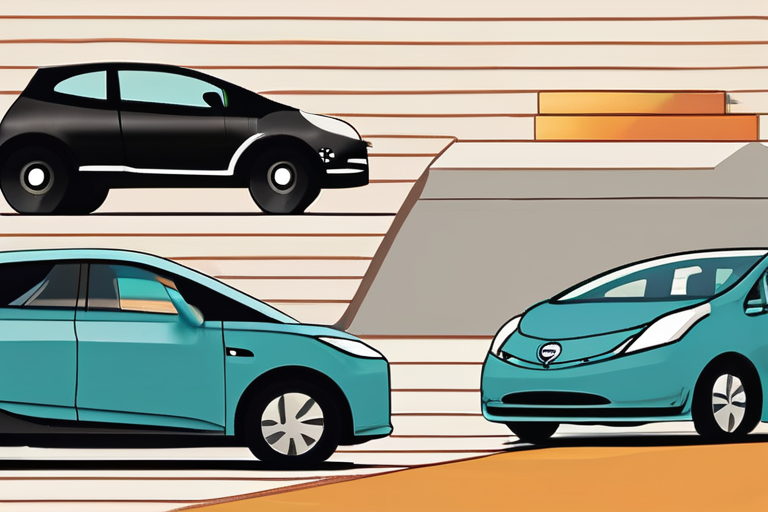

Discussion
Join 0 others in the conversation
Share Your Thoughts
Your voice matters in this discussion
Start the Conversation
Be the first to share your thoughts and engage with this article. Your perspective matters!
More Stories
Discover articles from our community
The CEO of U.S.-made electric truck company Slate warns removal of EV tax credit is ‘opening up capacity’ from battery suppliers | Fortune
 Hoppi
Hoppi

"US EV Sales See Rapid Growth"
 Hoppi
Hoppi

US EV Sales Are Booming—for Now
 Hoppi
Hoppi

EV Sales Soar as Deadline Looms for Expired Tax Credit
 Hoppi
Hoppi

US Electric Vehicle Sales Soar to Record 146,332 Units in August
 Hoppi
Hoppi

Used EV Prices Plummet to All-Time Low
 Hoppi
Hoppi
The CEO of U.S.-made electric truck company Slate warns removal of EV tax credit is ‘opening up capacity’ from battery suppliers | Fortune
Removal of EV Tax Credit Opens Up Capacity for U.S.-Made Electric Truck Company Slate The elimination of the electric vehicle …

Hoppi

"US EV Sales See Rapid Growth"
US Electric Vehicle Sales Surge Amidst Expiring Tax Credit In a sudden and unexpected turn of events, US electric vehicle …

Hoppi

US EV Sales Are Booming—for Now
US EV Sales Are Booming—for Now The electric vehicle (EV) market in the United States is experiencing a surge in …

Hoppi

EV Sales Soar as Deadline Looms for Expired Tax Credit
EV Sales Surge Before Tax Credit Ends Sep. 30 As the federal clean car tax credit is set to expire …

Hoppi

US Electric Vehicle Sales Soar to Record 146,332 Units in August
US EV Sales Smash Records in August, Setting Stage for Strongest Quarter Ever In a historic milestone, US electric vehicle …

Hoppi

Used EV Prices Plummet to All-Time Low
Breaking News: Perfect Time to Buy a Cheap Used EV In a surprise twist, the market for used electric vehicles …

Hoppi
